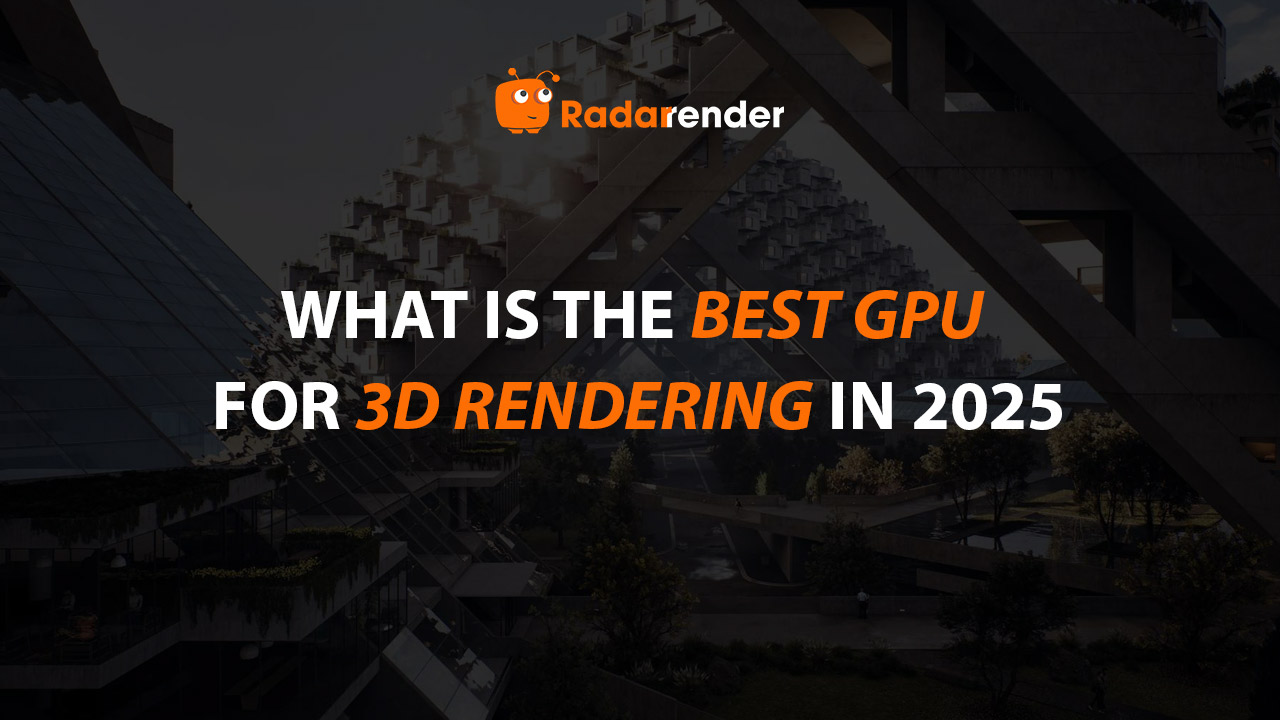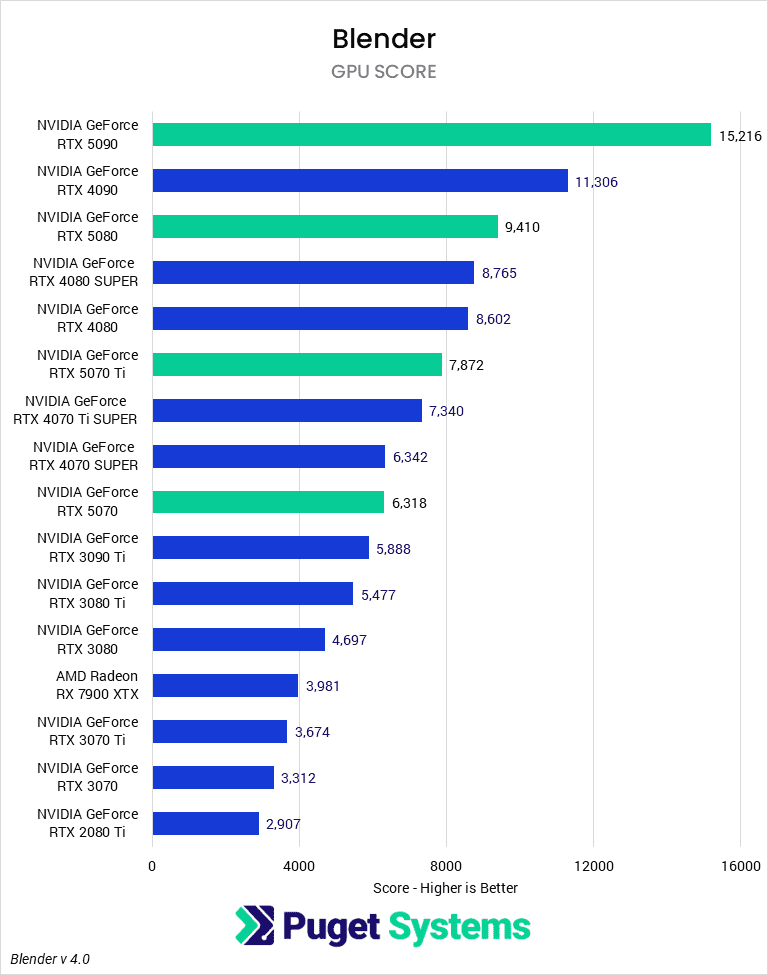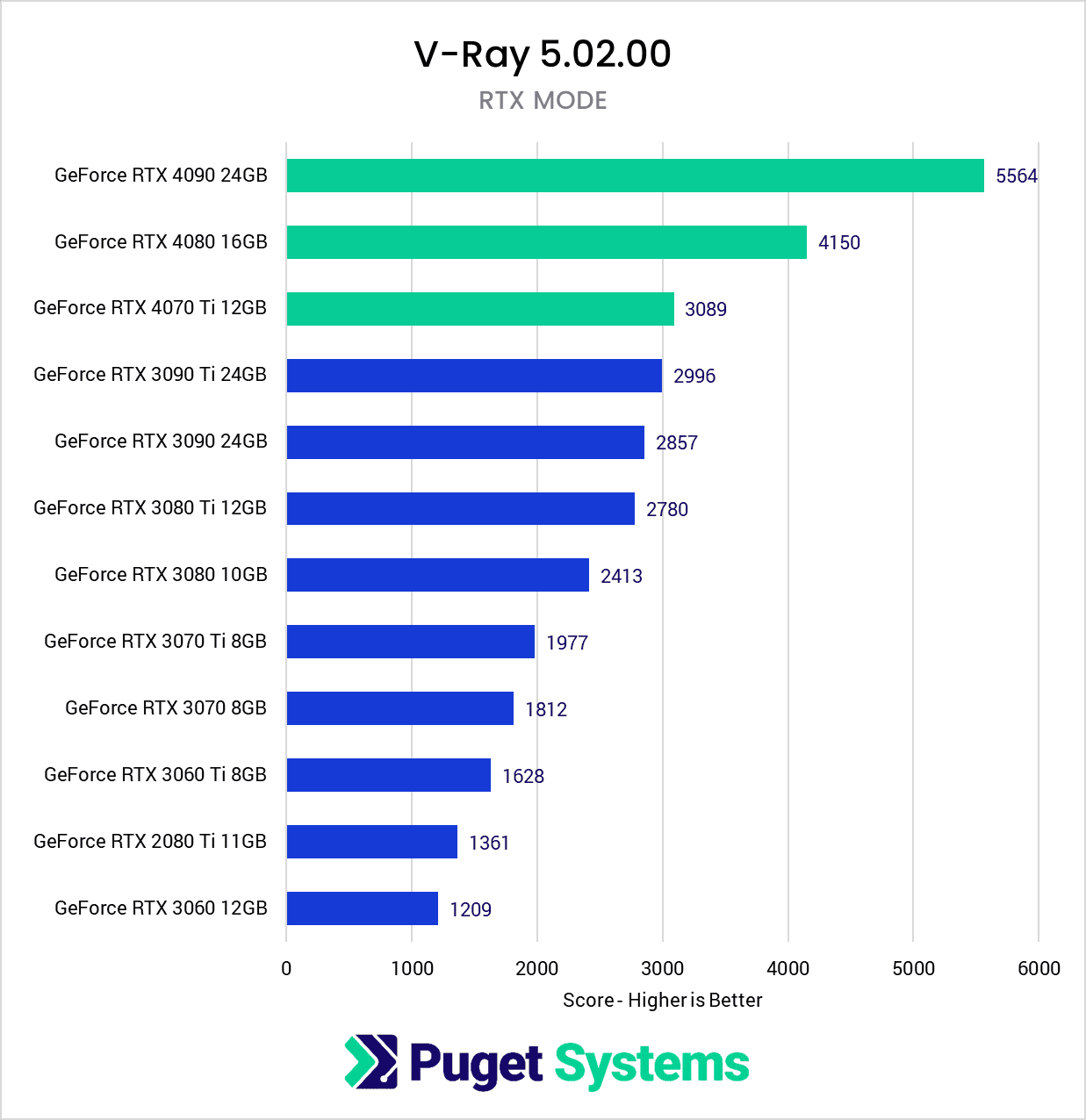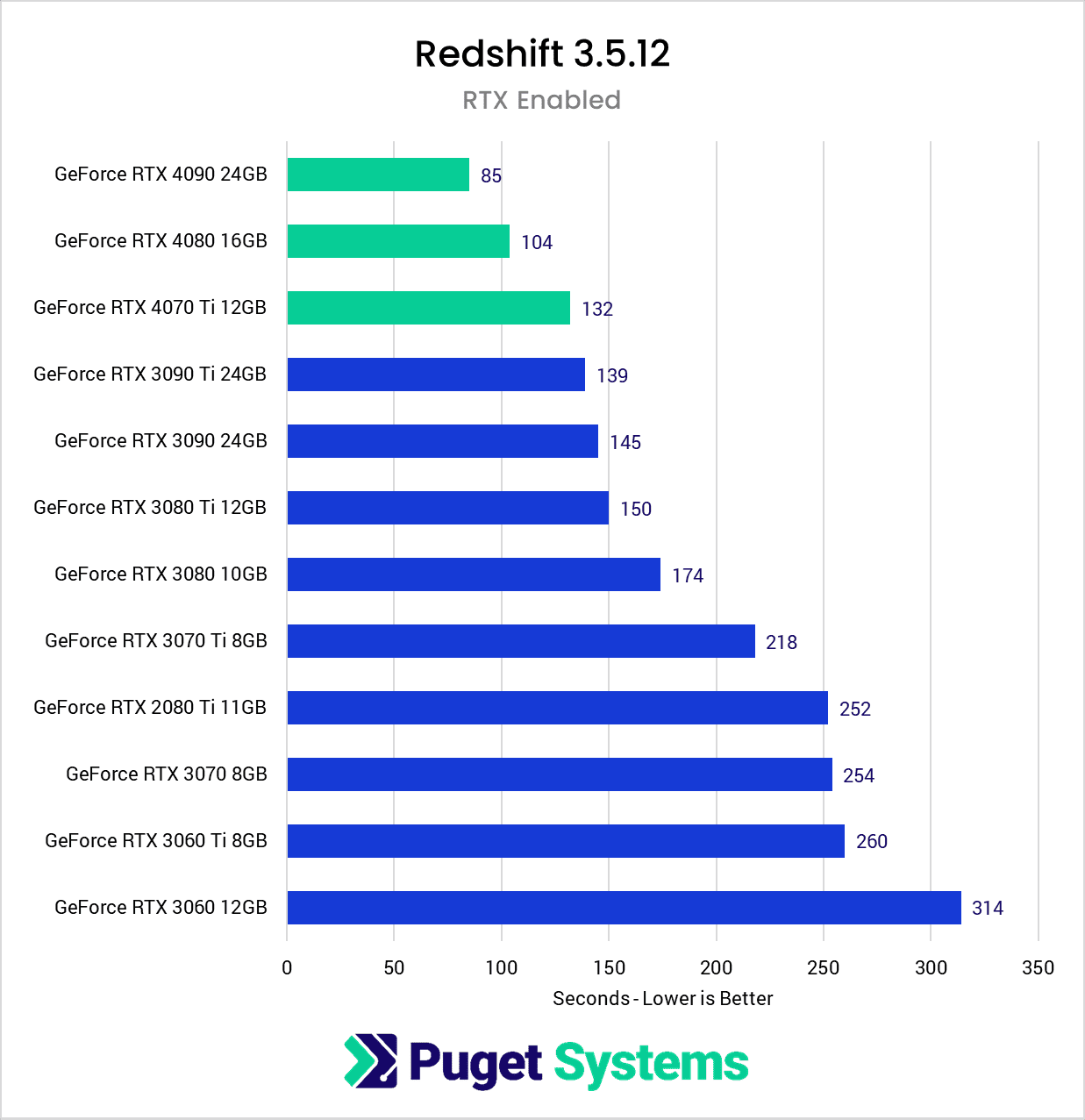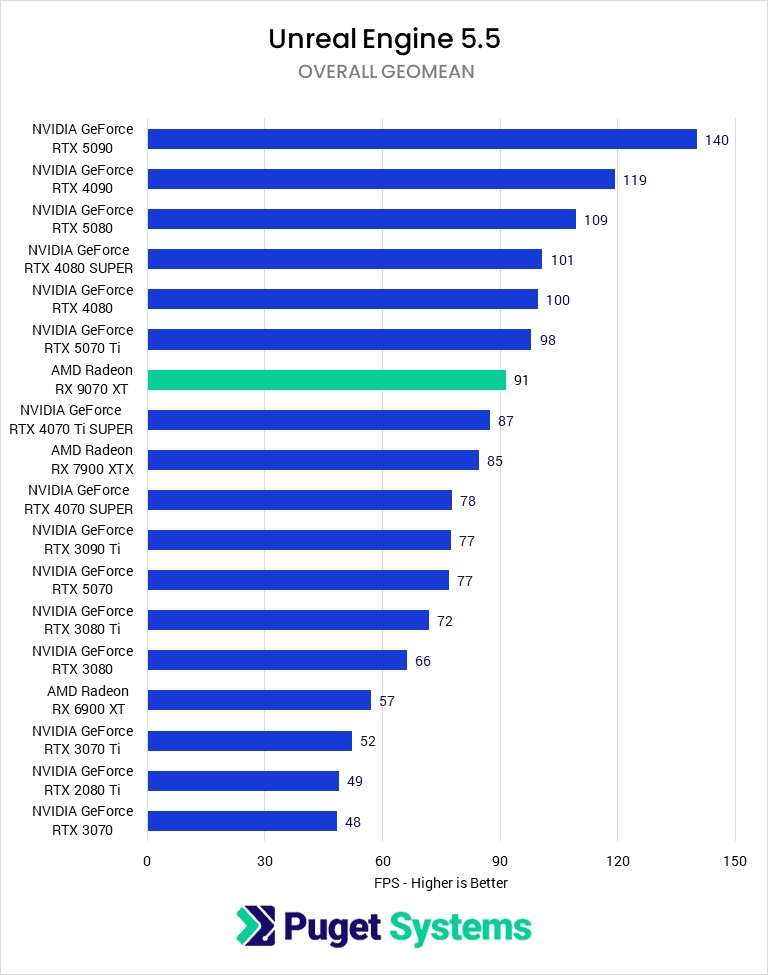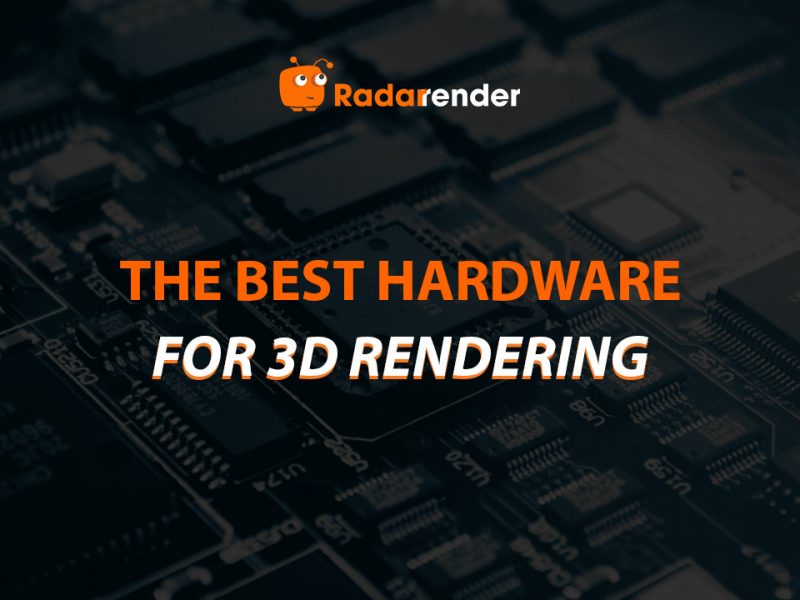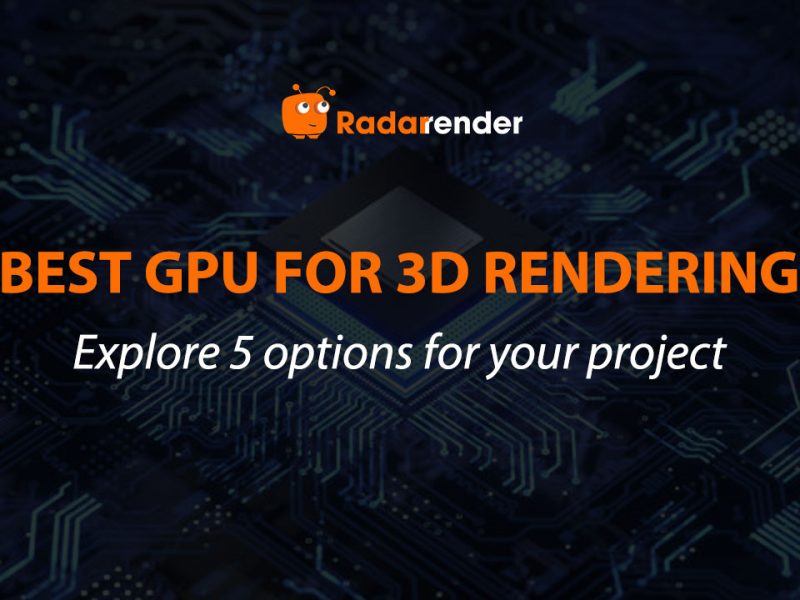What is the best GPU for 3D Rendering in 2025?
In the well-developed world of computer graphics, choosing the right GPU can make the difference between slow render times and lightning-fast, production-ready results. As we step into 2025, GPU technology has reached new heights, offering unprecedented performance for artists, designers, and studios. In this article, we’ll explore what 3D rendering is, why a powerful GPU matters, and the top GPU options for 3D rendering in 2025.
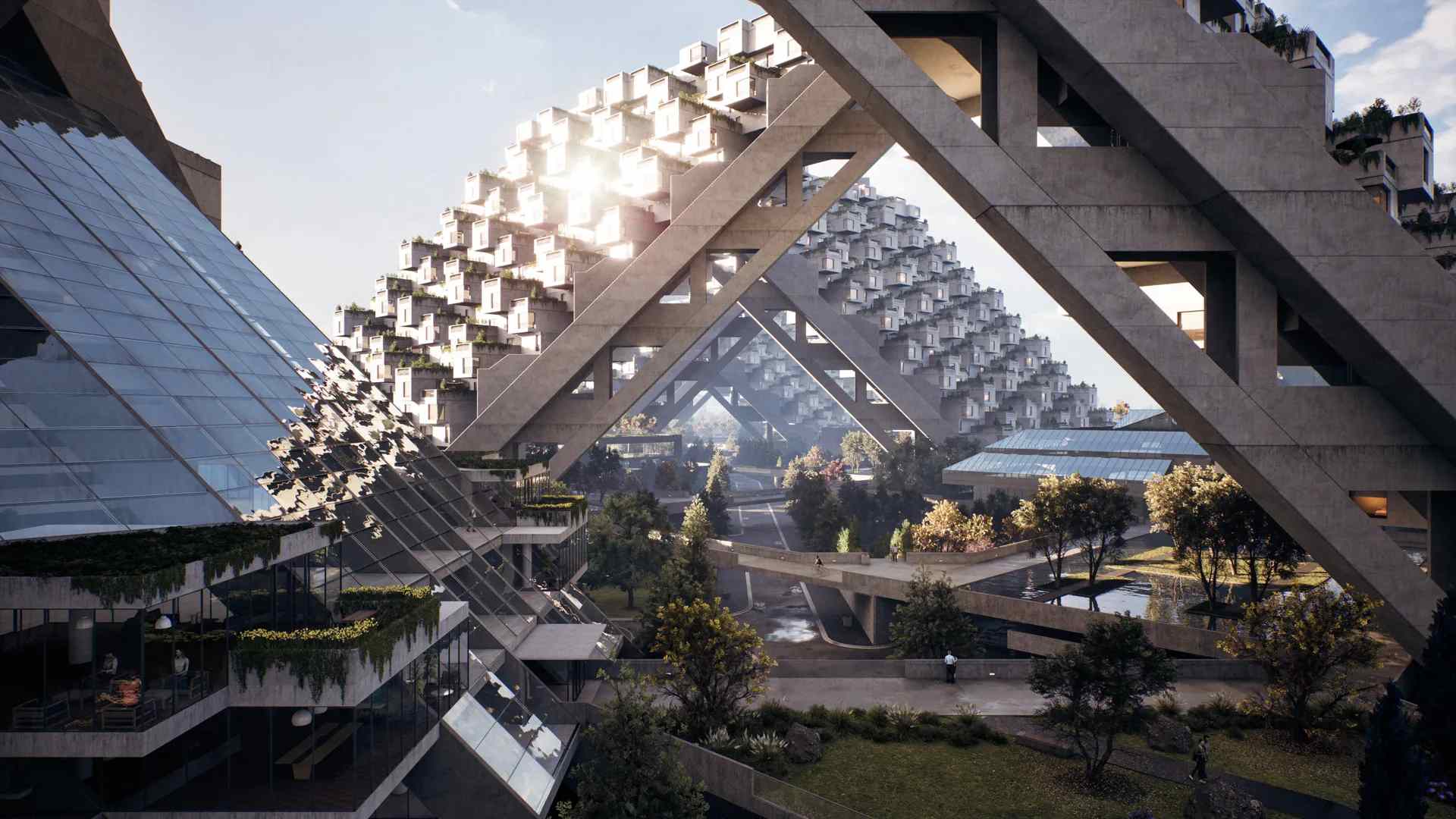 Source: unrealengine.com
Source: unrealengine.com
What’s 3D Rendering?
3D rendering is the process of converting a 3D model into a 2D image or animation using computer software. This step brings 3D scenes to life by calculating light, shadows, textures, and reflections to produce realistic or stylized visuals.
Rendering can be done in real-time (for games, VR, or interactive apps) or offline (for movies, animations, and architectural visualizations). The complexity of rendering depends on factors such as:
- Scene complexity (geometry, textures, materials)
- Lighting setup (natural, artificial, global illumination)
- Rendering engine (CPU-based, GPU-based, or hybrid)
Why need a good GPU for 3D rendering?
While CPUs handle general computing tasks, modern 3D rendering workflows heavily rely on GPUs because they can process thousands of parallel tasks simultaneously. Here’s why a powerful GPU is crucial for rendering in 2025:
- A high-end GPU can significantly reduce rendering times, enabling more iterations and increased productivity.
- In software like Blender’s Eevee, Unreal Engine, or Lumion, a powerful GPU provides smoother real-time visualization.
- More GPU power means you can push higher resolutions, more complex materials, and advanced effects without crashes or slowdowns.
- With more VRAM and CUDA/stream processors, you can render while still working on other tasks.
Best GPU for 3D rendering in 2025
The “best” GPU depends on your budget, software, and type of rendering. In 2025, these GPUs stand out for their performance, efficiency, and compatibility with leading 3D software.
NVIDIA GeForce RTX 5090
- VRAM: 32 GB GDDR7
- Architecture: NVIDIA Blackwell
- Key strengths: DLSS 4 for AI-accelerated denoising and upscaling, and improved ray tracing cores.
The RTX 5090 is designed for artists handling ultra-high-poly scenes, heavy textures, and complex lighting setups. Its large GDDR7 VRAM pool avoids out-of-memory crashes in GPU render engines like Octane, Redshift, and Cycles. The Blackwell architecture also accelerates AI-assisted workflows, making denoising and upscaling far faster for real-time previews.
NVIDIA GeForce RTX 4090
- VRAM: 24 GB GDDR6X
- Architecture: Ada Lovelace
- Key strengths: Still one of the fastest GPUs available, stable driver support, and excellent CUDA performance.
Even two years after release, the RTX 4090 remains a sweet spot for price-to-performance. It’s incredibly fast in both biased and unbiased renderers, supports large scenes with 24 GB VRAM, and benefits from mature software optimization. For many studios, it’s still the best investment unless absolute top speed is required.
NVIDIA GeForce RTX 5080
- VRAM: 20 GB GDDR7
- Architecture: NVIDIA Blackwell
- Key strengths: Nearly RTX 4090-level performance at a lower price, great efficiency, and DLSS 4 support.
The RTX 5080 is ideal for freelancers and mid-size studios needing high rendering speed without flagship pricing. With 20 GB of VRAM, it handles complex models comfortably and benefits from the same Blackwell advancements in AI rendering and ray tracing found in the 5090.
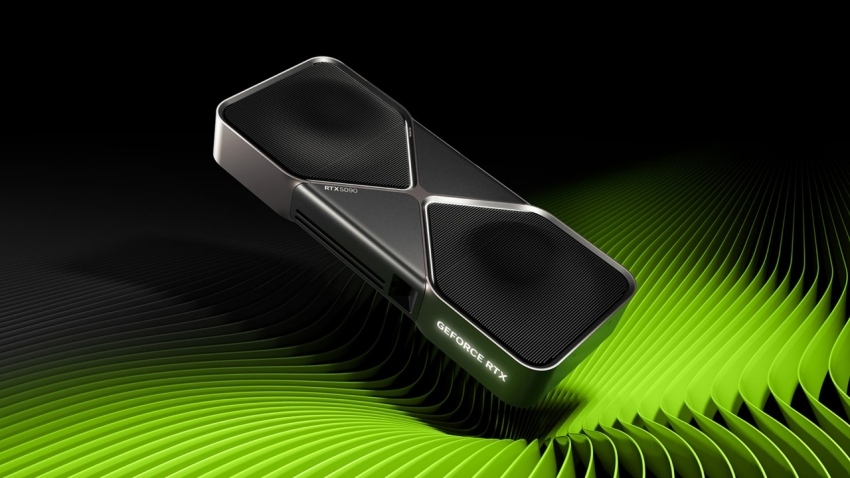
Source: nvidia.com
NVIDIA RTX 6000 Ada Generation
- VRAM: 48 GB ECC GDDR6
- Architecture: Ada Lovelace (Workstation variant)
- Key strengths: ECC memory for stability, certified drivers for professional DCC and CAD software, enormous VRAM for massive projects.
Perfect for Hollywood-scale productions or scientific visualization. The RTX 6000 Ada handles multi-gigabyte textures, photorealistic animation rendering, and complex particle/cloth simulations without VRAM limits. ECC VRAM ensures data accuracy, critical for long render sessions in fields like VFX, automotive design, and architecture.
AMD Radeon RX 7900 XTX
- VRAM: 24 GB GDDR6
- Architecture: RDNA 3
- Key strengths: Excellent raster performance, competitive ray tracing for the price, strong value in OpenCL/HIP-supported render engines.
While most professional renderers are CUDA-focused, the RX 7900 XTX is a cost-effective option for artists using Blender (HIP), LuxCoreRender, or other OpenCL-based tools. Its 24 GB VRAM gives it an edge over similarly priced NVIDIA cards for texture-heavy scenes, though CUDA-exclusive engines like Octane and Redshift won’t run natively.
Apple M3 Ultra GPU (Mac Studio/Mac Pro)
- VRAM (Unified Memory): Up to 192 GB shared
- Architecture: Apple Silicon M3 Ultra
- Key strengths: Massive unified memory pool, excellent Metal API optimization, low power draw for its performance.
While raw GPU compute lags behind top-end NVIDIA cards, the M3 Ultra’s unified memory is a game-changer for handling huge scenes without VRAM bottlenecks. For artists in the macOS ecosystem using Final Cut, Motion, or Metal-optimized apps like Blender (Metal backend), it offers seamless performance and incredible efficiency without the heat or noise of traditional workstations.
Below are some GPU benchmarks in Blender, V-Ray, Reshift, and Unreal Engine. You can consider choosing a suitable card for your project.
The RTX 5090 leads the pack with 15,216 points, about 34% higher than the RTX 4090 (11,306 points). The RTX 5080 (9,410 points) is also strong, almost as good as the RTX 4080 SUPER.
AMD Radeon RX 7900 XTX scored 3,981 points, only about 35% of the RTX 4090’s performance.
Blender GPU rendering takes full advantage of new NVIDIA cards, especially the 50 series.
The RTX 4090 scored 5564 points, far surpassing the RTX 4080 (4150 points) and RTX 4070 Ti (3089 points). The difference between the RTX 4090 and RTX 3090 Ti is ~86%, demonstrating the power of the new architecture.
V-Ray uses RTX GPUs very efficiently; performance scales almost linearly with the card level.
The RTX 4090 completed the test the fastest (85 seconds). The difference between the RTX 4090 and the RTX 3090 Ti is huge (~39%), showing that Redshift benefits a lot from the Ada Lovelace architecture. CUDA rendering engines like Redshift are almost exclusively optimized for NVIDIA, especially the 40 series and above.
The RTX 5090 leads with 140 FPS, outperforming the RTX 4090 (119 FPS) and RTX 5080 (109 FPS). The difference between the RTX 5090 and RTX 4090 is ~18%, showing that the new generation has a big increase in power in real-time tasks like Unreal Engine.
The RX 7900 XTX (85 FPS) is still strong, but it is inferior to NVIDIA GPUs in the same segment in terms of Unreal Engine performance.
Unreal Engine prioritizes CUDA core power, NVIDIA’s new architecture shows a significant improvement in FPS compared to AMD.
Conclusion
In 2025, there’s no single “best” GPU for every 3D artist, your ideal choice depends on performance needs, software compatibility, and budget. Whether you aim for cutting-edge speed, maximum stability, or the best value for money, today’s top GPUs can help you render faster, work smoother, and bring your creative visions to life.
Related Posts
- 3 best GPU for architectural rendering
- Best GPU for 3D Rendering: Exploring 5 options for your project



